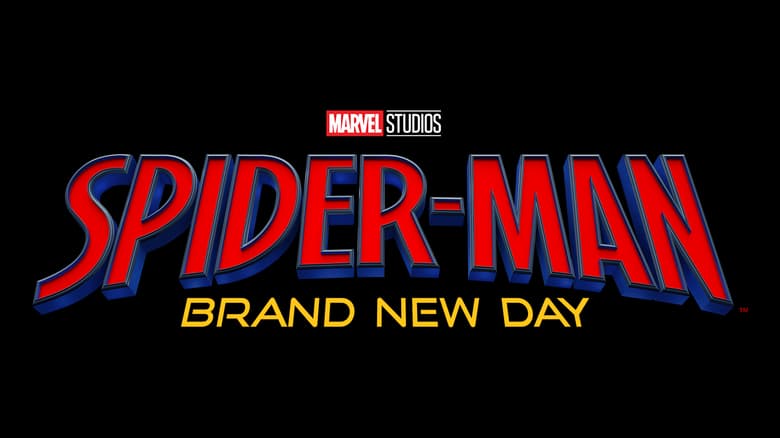Justice Like Lightning: The Thunderbolts in the '90s
A look back at one of the seminal comics of the ‘90s – and one of the most conflicted super teams.

In the summer of 1997, writer Kurt Busiek and artist Mark Bagley shocked the comic book world with the Thunderbolts. To put things in perspective, most of Marvel’s A-listers were wrapped up in the HEROES REBORN event, which took place outside of the regular Marvel Universe. So what does a world without heroes need more than anything else? New heroes!
Bagley’s sharp designs for Citizen V, Techno, MACH-1, Atlas, Songbird, and Meteorite were eye-catching, but they didn’t betray the secret of the Thunderbolts. This may seem impossible in the modern era of spoilers, but Marvel was able to completely hide who and what the Thunderbolts really were. There were some teases about the twist, and even the promo posters hinted that the team had a “dark secret.” But no one suspected that the heroic Thunderbolts were really the Masters of Evil.

The last page of THUNDERBOLTS #1 revealed that Baron Zemo was Citizen V, while Fixer was Techno, and MACH-1 was longtime Spider-Man villain, the Beetle. Screaming Mimi and Moonstone were Songbird and Meteorite, respectively, while Atlas was Goliath’s new identity. That revelation made the Thunderbolts an instantly buzzworthy book, and it’s still the most famous moment from the series.
But if all the Thunderbolts had was the twist then it wouldn’t still be such an important moment two decades later. Busiek and Bagley had far more to offer fans. They depicted a team of villains who found themselves seduced by the prospect of becoming real heroes. At the time, Zemo and Moonstone were largely unrepentant and irredeemable. But Beetle, Screaming Mimi, and Goliath embraced their new selves. In 1997’s SPIDER-MAN TEAM-UP #7, Beetle realized that while he could have easily betrayed his old foe, it wasn’t something that MACH-1 would do. Their new identities were taking hold, and that created one of the central conflicts within the book.
In hindsight, it’s amazing to see the way that Busiek and Bagley rolled with the punches. The Thunderbolts largely had the spotlight to themselves during the first year of their comic. They also quickly won over the public and the government as they started stealing valuable secrets. But when HEROES REBORN ended, the THUNDERBOLTS creative team shook things up in issue #10. The Fantastic Four and the Avengers were back, so Zemo exposed the team to prevent them from giving into temptation and backing down from their plan. From there, Zemo’s designs became even more ambitious and he nearly conquered the world.

Zemo could have won it all, if not for Jolt. The team added a young hero to their ranks who truly believed that they were heroes. Jolt loved her newfound family and she was heartbroken to discover their true nature. But it was because she loved them that Jolt was eventually able to get Songbird and MACH-1 to turn against Zemo. It took a bit more to convince Atlas and Moonstone, but they also helped to bring Zemo down. That left the remaining Thunderbolts in the odd position of trying to win back the world’s trust after betraying it.
The Thunderbolts’ road to redemption wasn’t easy, and they nearly abandoned their goals when they simply couldn’t catch a break. But in THUNDERBOLTS #20, they finally got one. Hawkeye, a longtime Avenger, thrust himself upon the team and essentially became their new leader. Because Hawkeye was also once a Super Villain, he wanted to give the Thunderbolts a real chance to prove that they could change.

Although Hawkeye’s grand ambition to turn the Thunderbolts into heroes hit a few snags, it was largely successful. Busiek remained with the book until THUNDERBOLTS #33, which coincidentally, was the last issue released in the ‘90s. From there, Fabian Nicieza came on board as the new writer and enjoyed a long stint with Bagley and other artists.
Beyond the initial premise, the appeal of Thunderbolts revolved around the team’s attempts to redeem themselves. It argued that even seemingly hardened criminals could have a change of heart and become better versions of themselves. That’s a message that remains timely regardless of the decade.
For more about Marvel’s 80th Anniversary, visit Marvel.com/marvel80!
The Hype Box
Can’t-miss news and updates from across the Marvel Universe!








